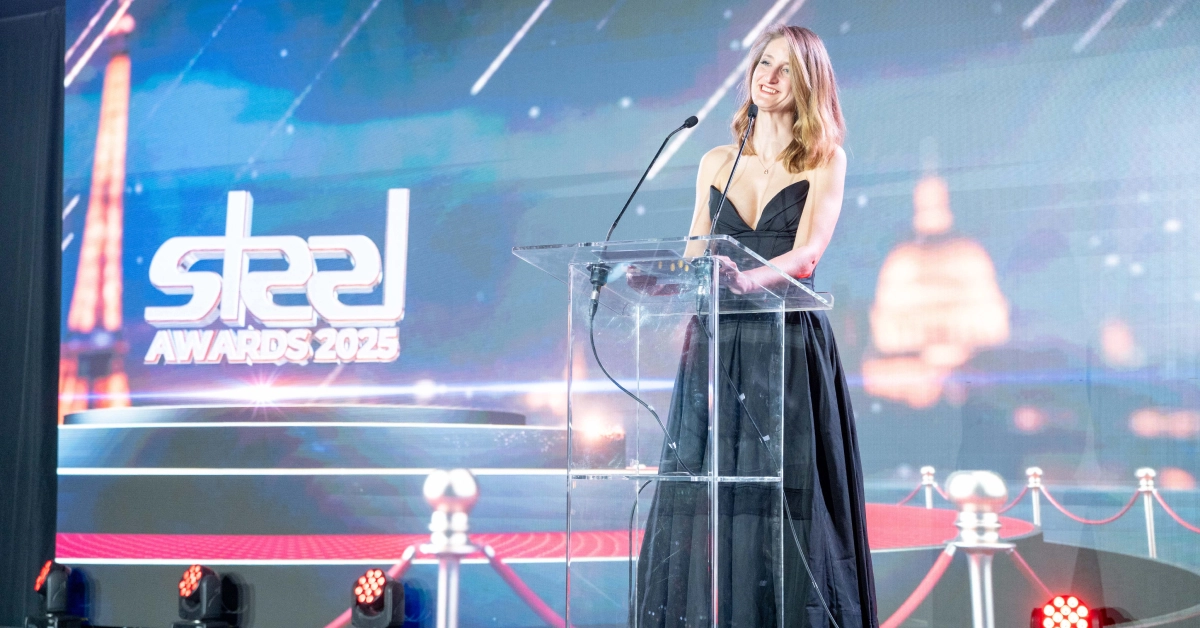Subsequent to our article on the use of poly closures we have become aware of the practice by some contractors to inject expanding foams sold by hardware outlets into the voids between the cladding profiles and flashings in lieu of poly closures. Whilst this may appear an innovative solution there are a number of risks and drawbacks. Like so many products today the components of these foams vary considerably, some of which can have a negative impact on the durability of coatings to metal cladding and by extension on warranties. It is therefore vitally important to establish from the manufacturer the compatibility of the foam product with that of the coating to the cladding.
As the most common use of closures is under ridge, headwall and hip flashings it must be remembered that the ends of cladding experience the most thermal movement. Depending on colour cladding can have to accommodate the thermal movement of a temperature range of 80°C. A 16m long steel sheet will expand/contract 15mm, stainless steel 23mm and aluminium 31mm. if the cladding is bullnosed at one end all movement will need to be accommodated at the other end.
To provide an effective seal it is necessary for the foam to fill the entire void between the cladding and flashing plus bond to all contact surfaces of the cladding (BUT NOT THE FLASHING). The reason why they should not bond to the underside of flashings is to provide for thermal movement. As the foams have exceptional adherence to most building materials it will be necessary to ‘grease’ the underside of the flashing. The foam will need to retain its physical properties through a temperature range of -5 to 90°C. In addition the foam will have to be protected against UV radiation and birds and not all foams are vermin proof.
As with poly closures this form of closure is not recommended in very cold or humid environments as they inhibit the egress of interstitial condensation.
Please visit our website www.samcra.co.za for other articles and papers on subjects pertaining to cladding.




